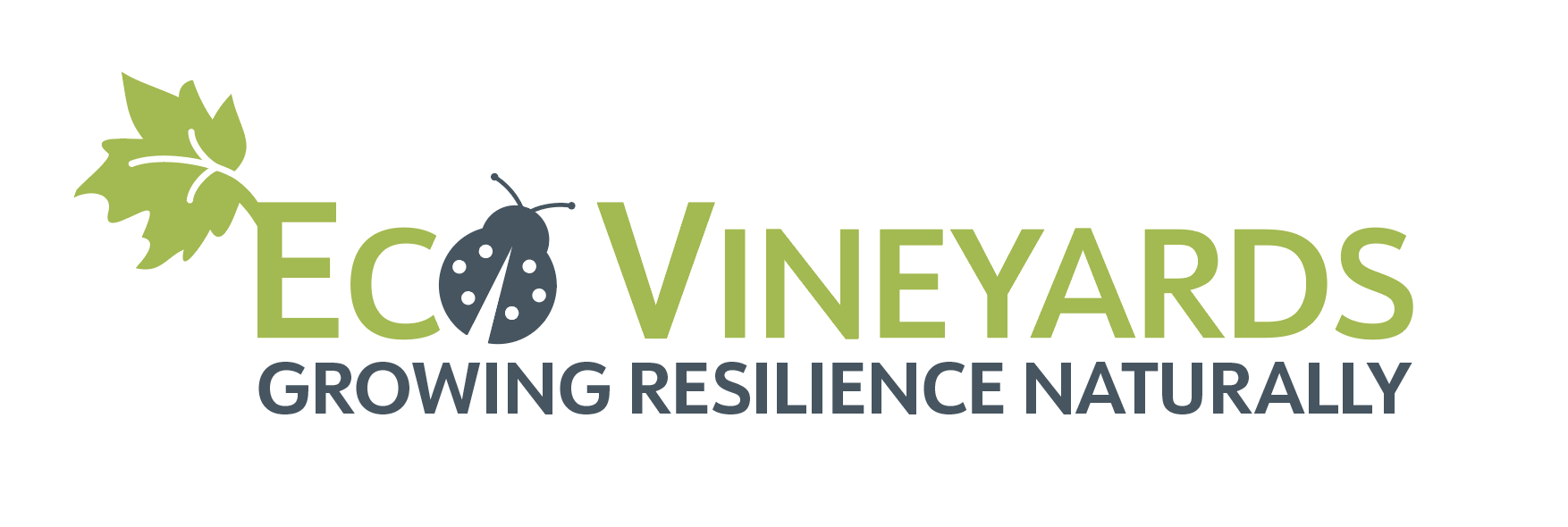The EcoVineyards program originated in South Australia as a partnership between Wine Grape Council of South Australia (WGCSA) and Retallack Viticulture, funded via the National Landcare Program Smart Farms Small Grants program in May 2019 and concluded in 2023. WGCSA continue their involvement with the National EcoVineyards program as a founding partner.
The EcoVineyard concept incorporates native insectary plants to create biodiverse ecosystems in and around vineyards. These plants support populations of insect predators, which contribute towards biocontrol of vineyard pests and may ultimately lead to reduced input costs and the use of chemicals.
The use of insectary plants, will help demonstrate our environmental credentials, change the look and function of vineyards and provide opportunities to tell our unique story to tourists and international wine customers.
How did SA growers benefit?
Project staff worked with grape growers to establish native insectary sites and biodiversity corridors throughout South Australian wine regions. Viticulturist Mary Retallack explains, ‘Locally-adapted, native insectary plants have the capacity to provide benefits including weed suppression, erosion control, nutrient cycling, soil water retention, improved soil organic carbon and biological activity. By establishing native insectary plants around their vineyards, we aim to help growers save time and resources by producing healthy grapes, with lower pest incidence while at the same time, enhancing the resilience and biodiversity of their vineyard.’
Meet the SA EcoGrowers from the program here
This project was supported by the Department of Agriculture, Water and the Environment, through funding from Australian Government's National Landcare Program.
The EcoVineyard concept incorporates native insectary plants to create biodiverse ecosystems in and around vineyards. These plants support populations of insect predators, which contribute towards biocontrol of vineyard pests and may ultimately lead to reduced input costs and the use of chemicals.
The use of insectary plants, will help demonstrate our environmental credentials, change the look and function of vineyards and provide opportunities to tell our unique story to tourists and international wine customers.
How did SA growers benefit?
Project staff worked with grape growers to establish native insectary sites and biodiversity corridors throughout South Australian wine regions. Viticulturist Mary Retallack explains, ‘Locally-adapted, native insectary plants have the capacity to provide benefits including weed suppression, erosion control, nutrient cycling, soil water retention, improved soil organic carbon and biological activity. By establishing native insectary plants around their vineyards, we aim to help growers save time and resources by producing healthy grapes, with lower pest incidence while at the same time, enhancing the resilience and biodiversity of their vineyard.’
Meet the SA EcoGrowers from the program here
This project was supported by the Department of Agriculture, Water and the Environment, through funding from Australian Government's National Landcare Program.





